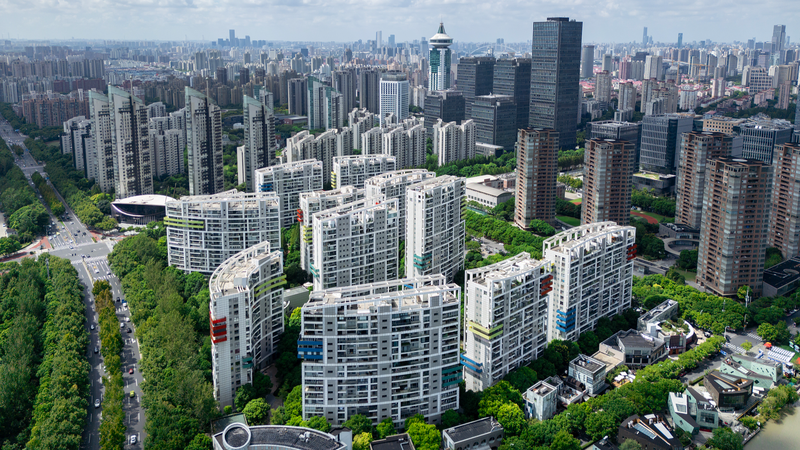Meet the needlework-style urban renewal sweeping through the Chinese mainland’s megacities 🪡🏙️. Instead of leveling entire blocks, Beijing and Shanghai are weaving small, human-focused upgrades into old neighborhoods—stitching together heritage and modern comfort.
Here are three game-changing shifts:
- Micro-renewal over demolition: Step-by-step fixes—fresh facades, separate rainwater and sewage lines to cut flooding, elevators and ramps for better accessibility, and seamless walking and cycling paths—boost daily life without erasing a community’s character.
- Demand-driven solutions: Residents raise “problem lists” via hotlines and apps, turning feedback into clear work orders with deadlines and follow-ups. Flickering lights, uneven sidewalks or noisy trash spots get fixed fast, building trust and reliability.
- Rules and standards: Urban renewal ordinances, design guidelines and performance metrics set quality benchmarks. No more paint-only facelifts—every project must meet consistent expectations.
In Beijing’s historic hutongs, narrow alleys now feature pocket parks, benches, better lighting and concealed wiring. Modern essentials like separate drainage pipes, safe gas lines and upgraded kitchens fit right in, so residents enjoy old-school charm with today’s comforts.
Over in Shanghai’s lilongs, the motto is repair, retain and reuse. Structural upgrades keep homes safe while careful facade work, roof fixes and public-space infill make streets more strollable. Small shops that locals love replace big destination retail, creating vibrant corners where you can sip bubble tea or get some work done under a leafy pocket garden.
These needlework-style makeovers prove that small, smart tweaks can add up to huge gains—making city life cleaner, safer and more walkable while preserving neighborhood soul. For young urban explorers across South and Southeast Asia, it’s a reminder that thoughtful design can turn everyday routines into memorable experiences 🚶🌿.
Reference(s):
cgtn.com




